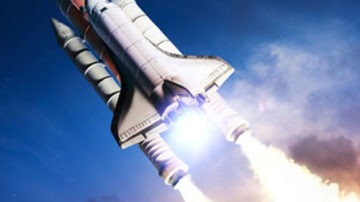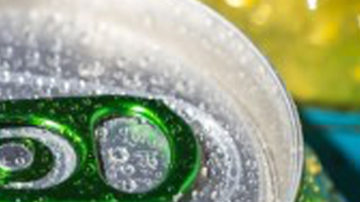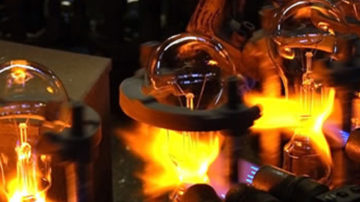We machine graphite and carbon in our workshop. Here’s How…
Why is Graphite crucial to our everyday lives?
Most people are unaware of the many ways in which machined graphite and carbon are used. However, these incredible materials touch nearly everything we do in our day-to-day lives.
From smartphones to aeroplanes, from building to batteries, from the money in your pocket to the solar panels on your roof, graphite and carbon help give us the modern lifestyle to which we’ve become accustomed.
Machining Graphite and Carbon
At Olmec, the graphite and carbon parts we work with range from the very simple to the highly sophisticated. At the simple end of the scale, we make graphite plugs which are then used to manufacture the drill bits for oil-well drilling. The more complex components include assembly parts used to develop highly technical components for the semiconductor industries.
Graphite and Carbon are unique materials. Their unusual properties mean they must be machined in a particular way. The process can be difficult. This process requires skilled technicians to see it through from beginning to end.
But why is this so? What makes machining graphite so challenging?
Firstly, it must be machined dry.
Graphite and carbon are generally machined dry without using liquid coolants or lubrication fluids. Because these materials are slightly porous, they act as a kind of sponge. To allow any sort of fluid to seep into the pores would cause problems later, when the machined graphite is used in other processes.
Most of these processes use graphite and carbon at temperatures well above 100°C. In many cases they are used at extremely high temperatures of between 1,000 and 2,000°C. If any moisture is trapped in the material when it’s put through this level heat, the graphite or carbon would crack and its integrity compromised.
Another issue is that, when machined, graphite and carbon generate a lot of dust and little fragments and chips of the material break off. If fluids or coolants were used, they would blend with the dust to produce an unwanted kind of sludge. This would create enormous issues for the machining equipment.
It must also be dry to begin with.
Although it is highly important to machine the graphite and carbon without lubrication (see above)—which is achievable, given these materials have self-lubricating properties—the machining process still generates a lot of wear on the tools and equipment used.
It’s also crucial that these raw materials are completely dry before they undergo any sort of machining process. This means storing the graphite or carbon correctly. If it gets wet or is exposed to moisture, it will need to be heated to make sure it’s dry.
Machining moist graphite or carbon will cause the problems mentioned above. It can also greatly shorten the operational life of a piece of machinery—a lathe for example—as the sludgy, damp graphite accumulates in certain components rather than be extracted in the usual way.
There must be proper ventilation and methods for extracting dust.
Any machining workshop must have a good ventilation system to divert the graphite dust and powder away from the machinery. Graphite dust gets everywhere, and because it conducts electricity can be particularly troublesome if it comes into contact with circuitry inside the machines.
The best method of removing dust typically involves using compressed air or vacuums in a controlled environment. Olmec’s graphite machining workshop uses bespoke dust extraction technology by Donaldson Torit®, which helps prevent machinery from failing and significantly lessens wear and tear.
If a workshop uses computer numerical controlled (CNC) lathes, that equipment must be set up to handle the dust that’s generated as the graphite or carbon is machined. If not, the damage is very expensive to fix.
It must be machined with very sharp tools.
Using tools that aren’t adequately sharpened will cause the graphite to chip, crack or eject itself from under the tool, which can be dangerous. Rather than cut the material, a dull or blunt edge on a tool will do no more than push it, directing force out of the material rather than into it. And despite graphite’s strength, it will still break under such force.
Graphite and carbon are abrasive materials and cause cutting tools a high level of wear. As a result, the cutting tools used are normally made of diamond or micro-grain carbide.
Graphite is machined in much the same way as metal, whether it’s via methods such as turning, grinding, sawing or CNC milling. However, the processes are different in that graphite and carbon are machined at higher speeds and the cuts made run deeper. Despite this, the process uses much less energy and generates much less heat than the same process for metal.
Graphite’s wide range of uses means that lots of specialised, bespoke parts must be machined.
As mentioned above, graphite and carbon are used in many different ways. Producing such a huge range of components means employing a wide variety of machining processes.
At Olmec, our highly skilled technicians machine simple parts using conventional equipment such as grinding machines, drills, saws and lathes. The technicians’ years of experience and training in the use of this equipment allows them to produce parts to clients’ precise specifications.
When appropriate, we use impregnated and coated materials to give the parts a longer operational life or improve their resistance to wear.
But we also use advanced computer-aided design (CAD) alongside our CNC machinery to produce more sophisticated components quickly and accurately. Using computer modelling means we can manufacture the parts correctly the first time, trying to identify any potential flaws or mistakes before production begins.
PRODUCTS & INDUSTRIES
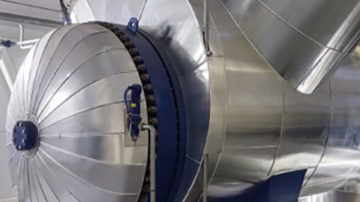
Chemical & Petrochemical Industry
How graphite is used in the chemical and petrochemical industries
Read More
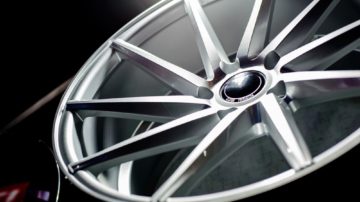
Manufacturing & Electrical Discharge Machining
How graphite is used in manufacturing and electrical discharge machining (EDM)
Read More

Metallurgy | Ferrous & Non-Ferrous Metals
How graphite is used in the ferrous and non-ferrous metal industries
Read More
PV, Semiconductors & Optical Fibres
How graphite is used for photovoltaics, semiconductors and optical fibres

